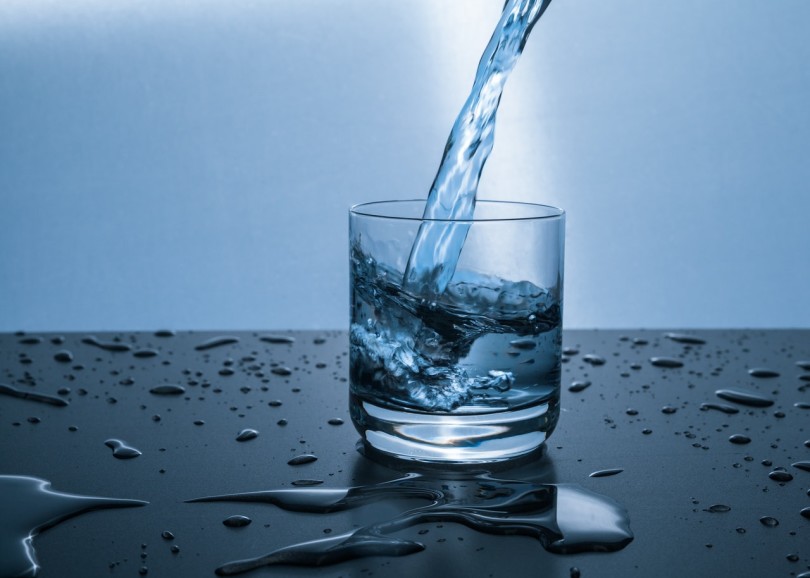How does Battery Energy Storage work?
19 Apr 24
Enviro ChatThe Global News Source for the World of Science and Chemicals
16 August 2020
Chem Chat
While it might be one of the most resource-rich and economically wealthy parts of the planet, the Middle East is sorely lacking in one vital commodity – water. Home to some 400 million people and a climate not conducive to frequent rainfall, the region relies on unconventional sources of drinking water, such as treated wastewater and, in particular, desalination.
As the global population swells and water sources become depleted by poor management practices and the adverse effects of climate change, it’s likely that dependence on desalination will spread to other parts of the world, too. At present, the process of converting seawater into clean, drinkable H2O is one that inflicts an environmental and an economic burden on Mother Earth. That has prompted scientists to try and look for other ways to overcome the problem going forwards.
With little to no freshwater supplies, the Middle East has longed depended upon unorthodox sources of water to slake its population’s thirst. Treating wastewater is one viable option, but this is being increasingly used to irrigate agricultural crops and water landscaping greenery, meaning desalination is the primary method of gaining drinking water in the region.
At a time when public health is under threat from a global pandemic, the delicate water infrastructure affects not only coronavirus risk, but the ongoing health of the Middle Eastern populace. Therefore, it’s unsurprising that utility companies are investing heavily in new desalination plants, with projects underway in the UAE and Saudi Arabia.
Almost half (44%) of the world’s current desalination capacity – or 37 million cubic metres per day – is located in the MENA area. With regional capacity expected to increase at a rate of between 7% and 9% per annum, and with a cumulative 1.5 million cubic metres per day capacity already under construction in Taweelah, UAE and Rabigh, Saudi Arabia, it’s a booming industry.
Unfortunately, desalination does not come without its drawbacks. Converting the saline water into a clean source of drinking water consumes a huge amount of energy. In the MENA region, around two-thirds of that energy is produced by fossil-fuel based thermal strategies, which contribute significantly to global warming.
The remaining part is purified through membrane-based desalination, which consumes electricity derived from the combustion of natural gas – itself a leading source of greenhouse gas emissions. Worse still, the discharge from desalination – hypersaline brine – is often pumped underground, compromising the health and survival of countless marine species.
With the local population on the rise and water scarcity believed to be one of the biggest challenges facing the planet going forwards, desalination production in the Middle East is expected to increase 14-fold in the next 20 years. In order to ensure that both the human population and the surrounding flora and fauna can prosper, it’s vital that new, sustainable methods of accessing clean water are found – and urgently
DOWNLOAD PDF

2 Day Seminar Program
@ ArabLab+ 2024
24 & 25 September 2024
Your stay in Dubai
Labkit
Product News
Chemkit
Product News
Thinking about exhibiting at ARABLAB 2024? Watch our video to find out more.
Join the world’s leading organisations…
Join our mailing list and receive the ARABLAB newsletter and event updates.